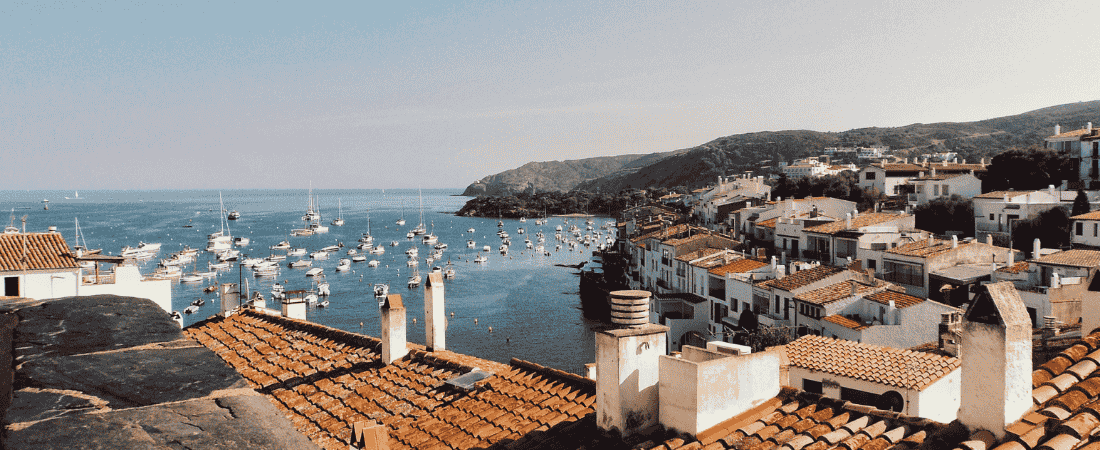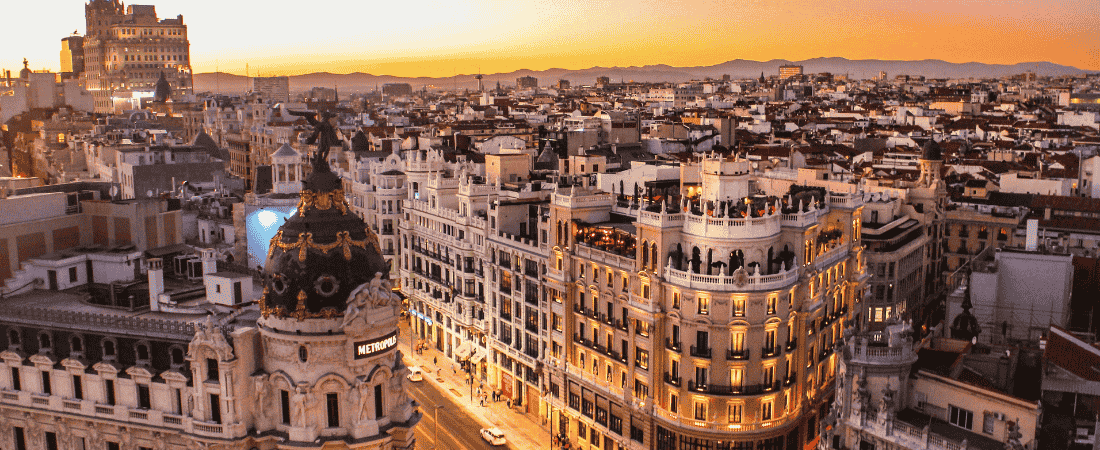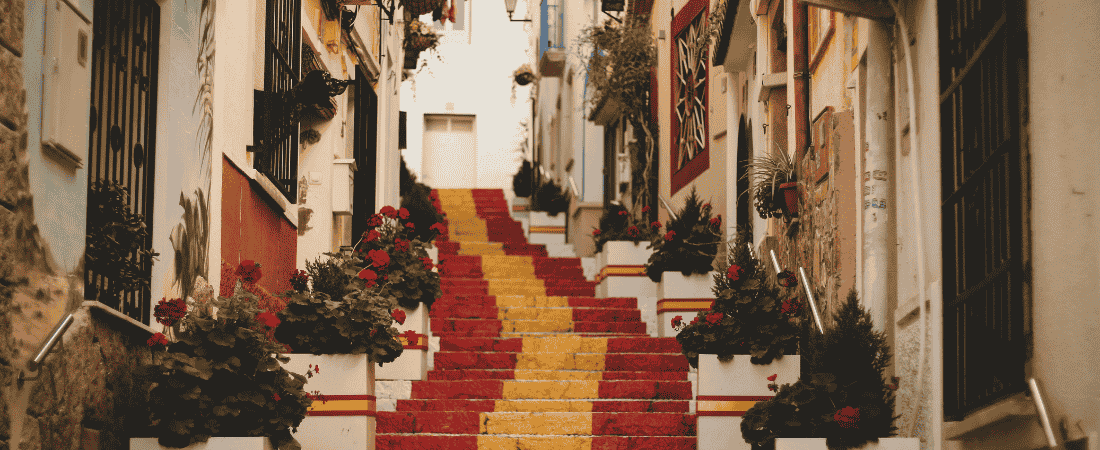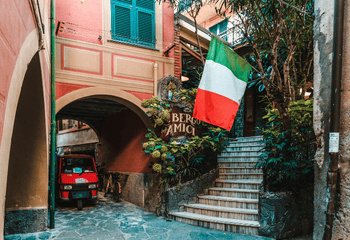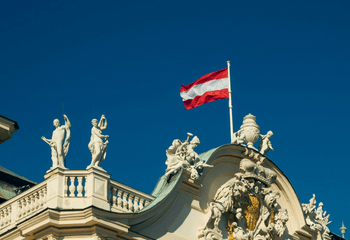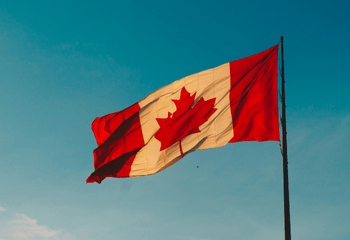Learn More About Spain
General Information
· Country Name: Spain (officially: Kingdom of Spain)
· Continent: Europe
· Capital: Madrid
· Population: around 48,000,000
· Area: about 505,000 km²
· Language: Spanish (Castilian); other regional languages include Catalan, Galician, and
Basque
· Currency: Euro (EUR)
Landscapes
What Spain Actually Looks Like
Spain’s landscape is super varied and changes a lot depending on where you are. In the north, it’s green and mountainous with forests, cliffs, and lots of rain. Places like the Basque Country or Galicia might surprise you with how different they look from the dry, sunny image many people have of Spain.
In the center, around Madrid, you’ll find wide plains, dry hills, and large open spaces. Summers here can be really hot, and winters can be surprisingly cold. The south has a more classic Mediterranean feel—think palm trees, whitewashed villages, and olive groves stretching for miles.
Spain also has two major mountain ranges: the Pyrenees in the northeast (bordering France), and the Sierra Nevada in the south, where you can actually ski in winter. And of course, there’s the coast—Spain has tons of beaches along both the Mediterranean Sea and the Atlantic Ocean. Whether you’re into surfing, swimming, or just chilling by the water, there’s a spot for you.
There are also a few islands that belong to Spain, like the Balearic Islands (Mallorca, Menorca, Ibiza) in the Mediterranean and the Canary Islands off the coast of Africa. Both have totally unique landscapes, and they’re popular places for locals and tourists alike.
Culture & Traditions
Tapas, Festivals & Late Dinners: What Spanish Culture Feels Like
Spain is known for its laid-back lifestyle, strong family bonds, and social culture. People love gathering for meals, going out for coffee, or just hanging in the town square (plaza) chatting with friends and neighbors. Mealtimes are different than in many other places—lunch is usually late (around 2–3 p.m.), and dinner can be as late as 9 or even 10 p.m.
Food plays a huge role in Spanish culture. You’ll find things like tortilla de patatas (a potato omelet), paella, gazpacho (a cold tomato soup), and tons of regional specialties. Tapas are small dishes that are shared at the table—kind of like snack-sized portions—and going out for tapas is a popular way to eat with friends.
There are also tons of local festivals, called fiestas, which can include traditional clothing, parades, fireworks, and dancing. Some of the most famous are San Fermín (the running of the bulls) and Las Fallas in Valencia, where giant sculptures are burned in the streets.
In some parts of Spain, you’ll hear other official languages like Catalan, Basque, or Galician. These regions have their own strong cultural identities and traditions, which can be super interesting to explore as an exchange student.
Education System
Going to School in Spain: Schedules, Subjects & After-School Activities
School in Spain is divided into several levels: primaria (primary school) from ages 6 to 12, and ESO (secondary education) from 12 to 16. After that, students can continue with Bachillerato for two more years, which is the academic track for those planning to go to university. Exchange students usually attend ESO or Bachillerato, depending on their age and the school.
The school year starts in mid-September and ends in late June, with breaks in December, around Easter, and for national and regional holidays. Summer break is long—usually around two and a half months.
A typical school day starts around 8 or 9 a.m. and ends between 2 and 3 p.m. Some schools have longer days with a break for lunch and afternoon classes, especially in bigger cities. Subjects include Spanish, math, history, science, English, and sometimes a regional language like Catalan or Basque, depending on where you are.
There isn’t always a huge focus on after-school activities at school itself, but many students join outside clubs for sports, music, or dance. Soccer is huge in Spain (obviously!), but you’ll also find basketball, swimming, and even flamenco classes depending on your location.
Daily Life
Churros After Class? What Everyday Life Looks Like in Spain
Daily life in Spain is a mix of routine and flexibility. After school, teens often meet up with friends at a café, the local plaza, or just walk around town. Evenings are social and relaxed—people stay out later, especially in spring and summer when the weather is warm.
On weekends, families often eat together, go on small day trips, or relax at home. Sundays are usually quiet, and many shops are closed, giving people a chance to rest and recharge. Many towns also have open-air markets where people buy fresh fruits, veggies, bread, and snacks.
Public transportation is widely used, especially in cities—buses, trains, and metro systems are common. In smaller towns, people walk or bike a lot, and it’s totally normal to see students hanging out at a local bakery or café after school.
Fun Fact
Spain hosts the world’s biggest food fight—using tomatoes. Every August, thousands of people gather in the town of Buñol for La Tomatina, where over 100,000 kilos of tomatoes are thrown in the streets. It’s messy, chaotic, and totally iconic.


